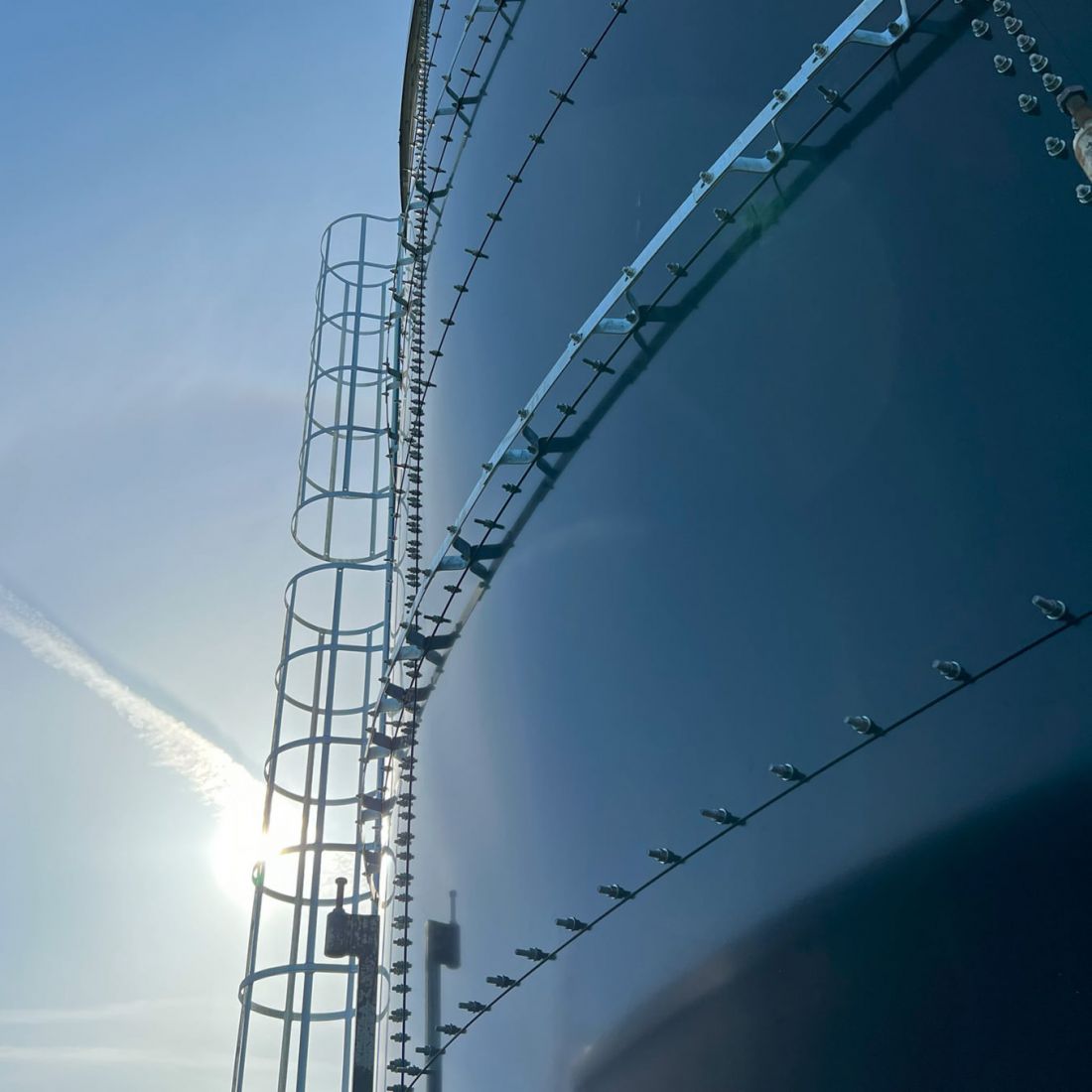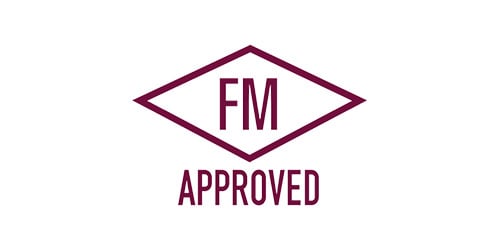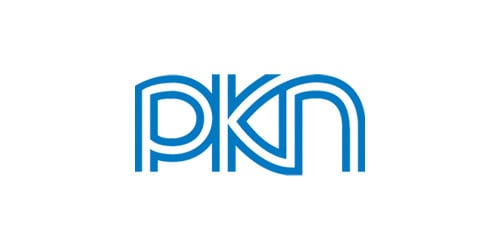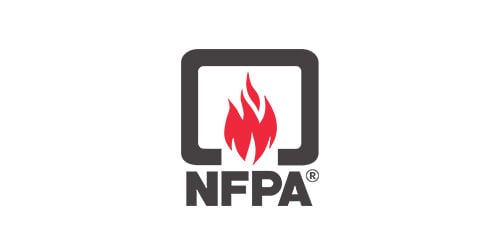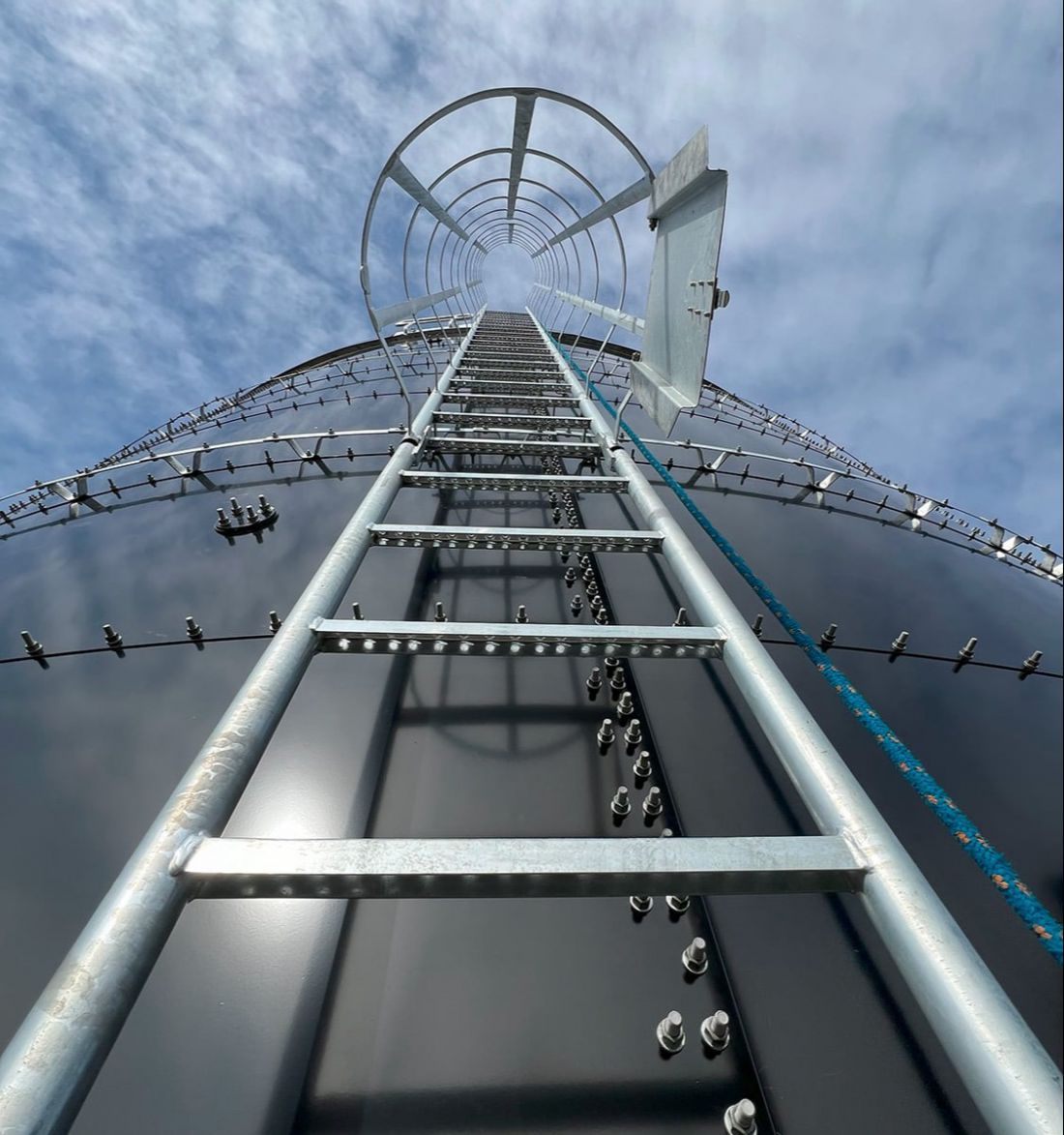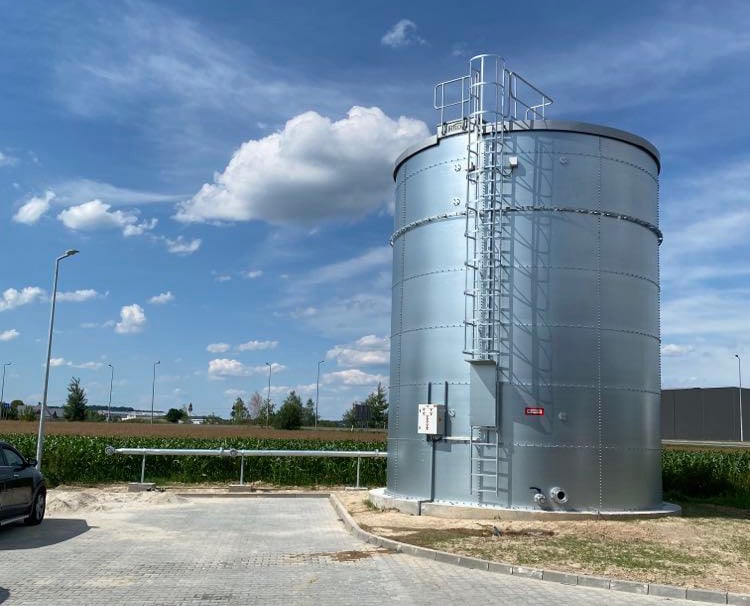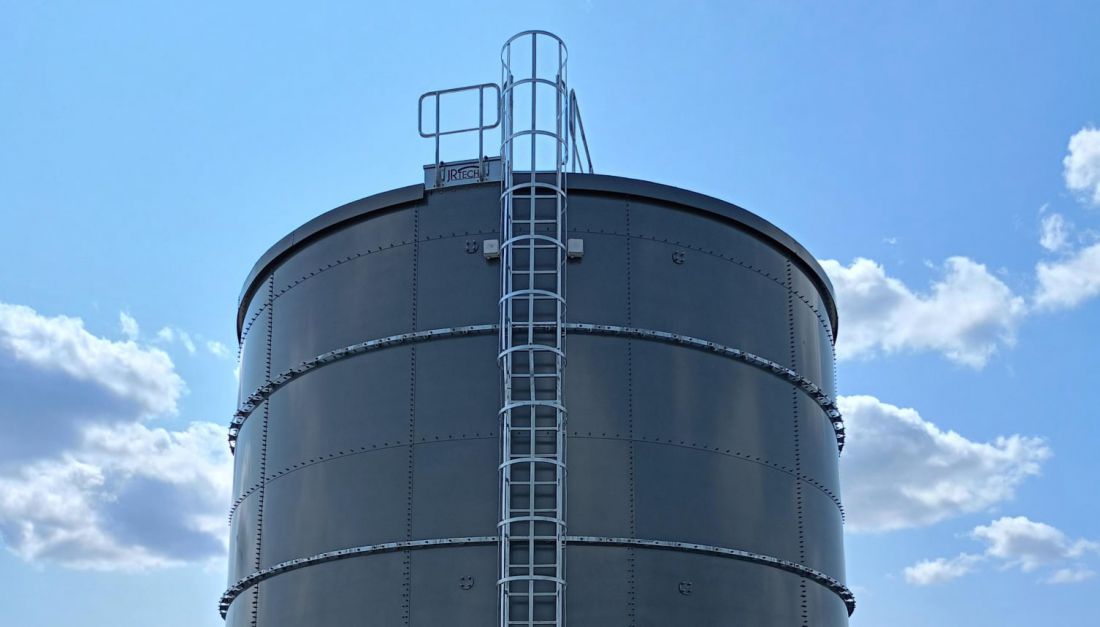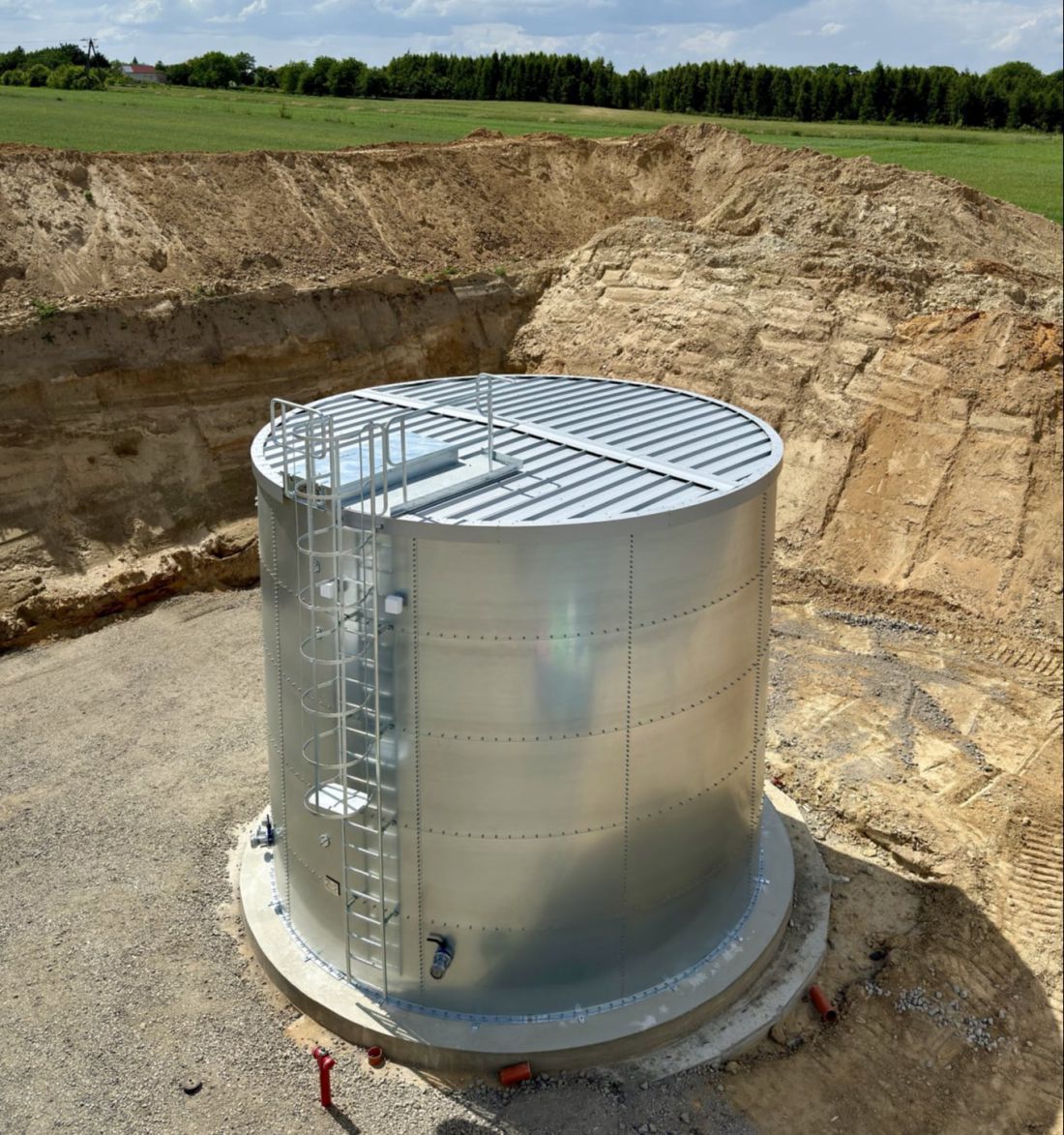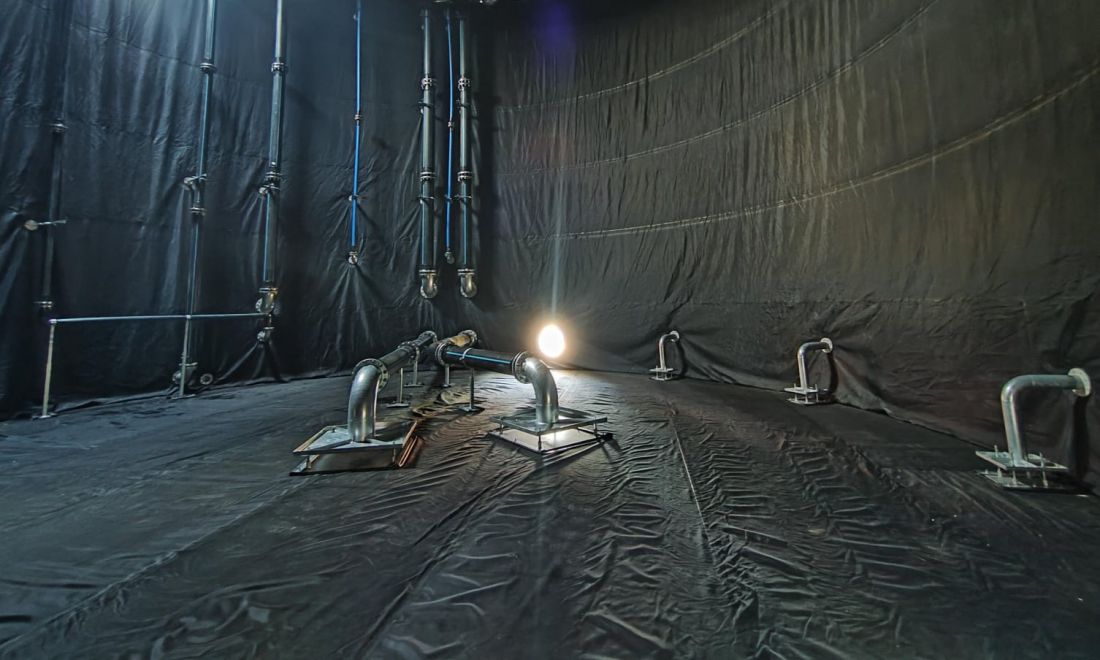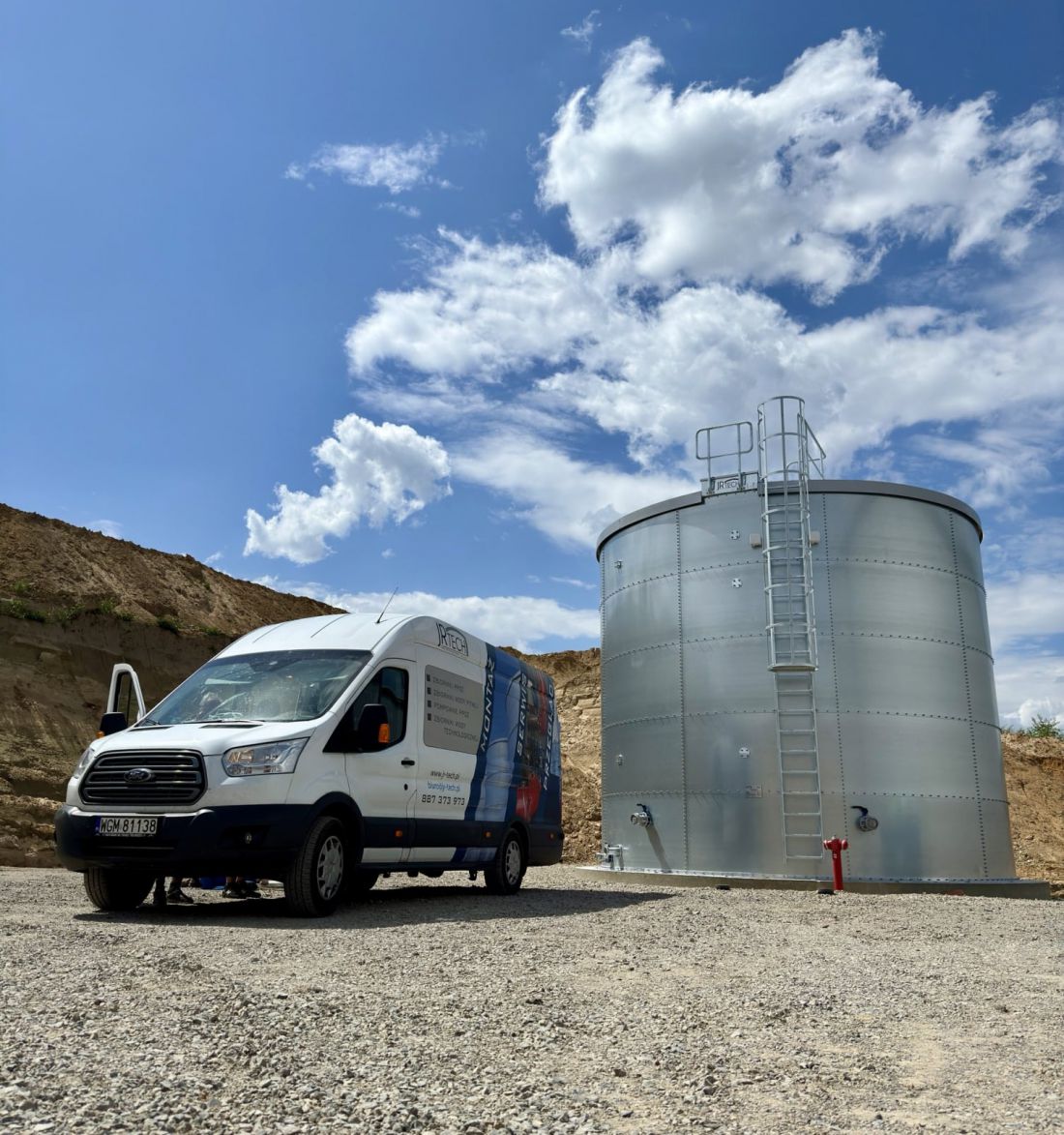ELEVATION AND COLOR OF THE TANK
To meet the expectations of the customer, we give the opportunity to choose the color of the tank.
The choice of facade color allows you to match it with the architecture of the building. As standard, the tank is in the color of galvanized elements. At the request of the customer, the panels of the tank shell, can be powder painted in any color from the RAL package.
In order to completely cover the tank shell, we can also make an exterior facade. It will be made of trapezoidal sheet metal with a vertical profile in commercially available colors.
Serving our experience, we are also willing to take on challenges in the field of aesthetics. Being open to all proposals, we will help to make, for example, corporate advertising, which, with such large areas of tanks, can reduce the cost of expensive advertising banners and additional structures for their installation.
